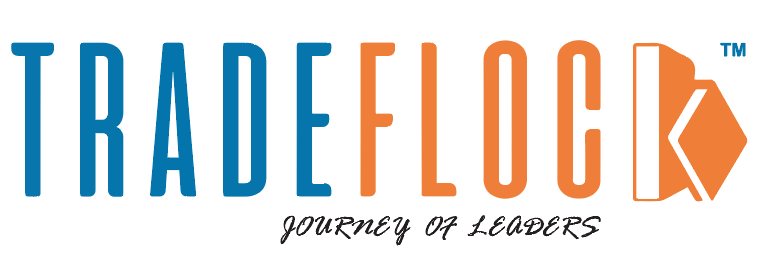In the age of disruption, future factories are not sprawling across the cities’ edges, they might fit inside the local warehouses. Welcome to the era of microfactories, compact, agile, and tech-powered production hubs that are redefining how, where, and when we manufacture.
Unlike traditional mega-facilities that rely on economies of scale and global supply chains, microfactories are designed for hyper-efficiency, flexibility, and localization. With footprints as small as 5,000 square feet, these lean operations are equipped with 3D printers, CNC machines, robotics arms, and AI-driven systems that can pivot from one product to another with minimal downtime.
As per a BCG report, manufacturers are increasingly embracing distributed production networks to boost resilience after pandemic-induced shocks exposed the fragility of global supply chains. Microfactories, positioned closer to end consumers, reduce logistics costs, shorten lead times, and enable rapid customization, an edge in today’s personalization-driven economy.
Take Arrival, the UK-based EV startup, for example. It’s not building mega plants—instead, it’s rolling out microfactories across North America and Europe. Each one is capable of building 10,000 vehicles a year, operates with 200 people, and costs a fraction of a traditional auto plant. Arrival’s model represents a new kind of manufacturing that is modular, replicable, and refreshingly localized.
Why Now?
According to McKinsey, digital transformation in manufacturing has reached an inflection point, with Industry 4.0 tools – like edge computing, AI, and digital twins, making it feasible to control complex production remotely and intelligently. Microfactories can be monitored and optimized in real time, producing high-value, low-volume products like electronics, EV components, and even medical devices with precision.
In a Harvard Business Review article, the author pointed out that decentralized production is a strategic cost decision. It allows firms to de-risk operations, reduce dependency on geopolitically sensitive regions and tap into local talent pools.
India’s microfactory moment? While still emerging, India’s push for self-reliance (Aatmanirbhar Bharat) and the rapid rise of electric mobility could spark a microfactory boom. Companies like Ather Energy and Ola Electric are already exploring compact, modular production formats for scaling across states.
What’s Next?
Expect to see cloud-connected networks of microfactories, where production can shift dynamically based on demand, resource availability, or geopolitical factors. Think Uber for manufacturing, where design meets local production on demand. In a world demanding speed, sustainability, and responsiveness, microfactories aren’t just a trend. They’re a transformation rooms that.






